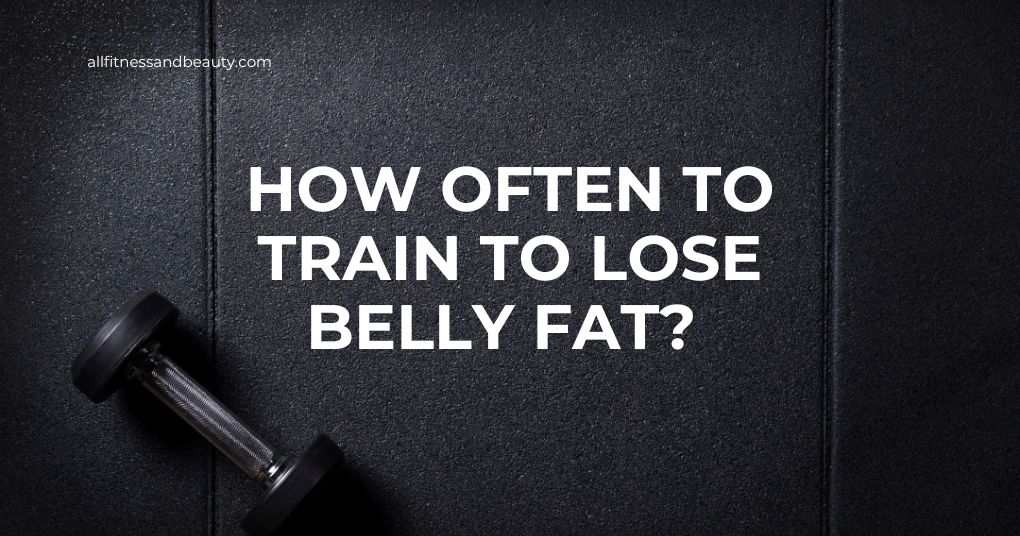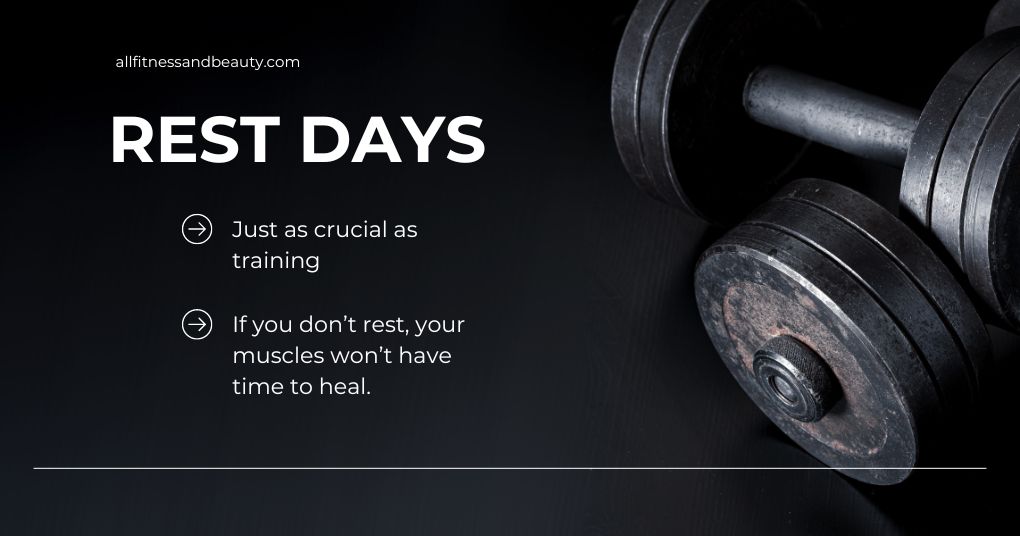How Many Days Per Week To Train and Lose Belly Fat?

How’s your belly fat? Is it still there? Or is it slowly fading away? If you’re like everyone else, you might be searching for YouTube videos on how to lose belly fat. Unfortunately, though, spot training isn’t that effective. I mean it has effects on the overall body but not too much on your belly. One of the highly recommended workouts that I found is weight training.
Resistance training is indeed effective because it can help you build muscles. And when you have muscles, they can help burn fats. Unfortunately, most of us have very protective fats that won’t come off no matter what we do.
Now, to answer your question on the number of days per week you need to train just to lose belly fat or body fat in general. Let’s first understand what belly fat is and how you got it in the first place.
Weight Training and Belly Fat
It’s important to note that we need fats in our body. Yes, our body fat endures a negative reputation. But fats and lipids are vital in the overall functioning of our body. Keep in mind that fat is your energy reserve. It helps your body maintain a constant temperature.
They’re also vital in the regulation and production of some hormones, like steroid hormones. These are vital in regulating your sexuality, reproduction, and development of your sex organs.
Furthermore, fats and lipids play a vital role in maintaining nerve impulse transmission, tissue structure, and memory storage.
However, we don’t need a lot of fats and lipids. The healthy body fat percentage depends on your physical activity. If you’re a non-athlete, your body fat must be in the 21 to 31 percent range. In men, the percentage must be between 14 and 24.
If your percentage is higher than that, then you’re at risk of type 2 diabetes, high blood pressure, stroke, hormone imbalances, and many other chronic conditions.
You get your belly fat because of inactivity, stress, and also aging.
Spot Reduction
It’s an idea that you can burn or lose fat in a certain area of the body. However, it’s a myth. You can do a lot of crunches and your belly fat will still show up.
Keep in mind that exercising lets you burn calories. The energy comes from fat break down not from the belly in your entire body. To lose your excess fat, you need to create a calorie deficit so that your body will use your stored fat as energy.
Days to Weight Train to Lose Belly Fat
If you wish to see significant results, you must aim for three to four days of weight-lifting sessions. It lets you engage your muscles and boost your metabolism. This frequency makes your body a fat-burning machine.
However, you shouldn’t depend on weight training alone to help you lose belly fat or overall body fat. You must keep in mind that exercise is just a small portion of your routine to achieve your goal.
Instead, you must incorporate weight lifting or resistance training into your schedule, and don’t forget to consume a well-balanced diet. But don’t just focus on weight training. Instead, opt to have cardio exercise as well.
When it comes to weight lifting, you should start with weights that will definitely challenge you but not too heavy that they won’t let you exercise in proper form. Once you get comfortable with the weights, you can gradually increase the weight or intensity.
The goal here is to be consistent. You can’t just show up today and the next day and not show up for the rest of the month. Consistency is the key here if you want to yield positive results.
Importance of Rest and Recovery

Yes, rest is just as crucial as training. Remember that as you exercise, your muscles experience small tears that require repair. And it takes time to repair the tear to grow stronger and adapt to the increased physical demands.
If you don’t rest, these muscles won’t have time to heal. This is where overtraining, fatigue and injuries arise.
Rest days also prevent burnout and keep your motivation high. As you’re just beginning to weight train, you should maintain a consistent workout routine. Recover also supports your immune system and helps in regulating your stress hormones. Keep in mind that these hormones interfere with fat loss if they are always elevated.
When you incorporate rest days, you can ensure that you’re making steady progress without exhaustion. It leads to better results over time.
Cardio, Strength, and Flexibility Exercises
As mentioned earlier, you shouldn’t focus on weight training alone. Instead, you must incorporate cardio and flexibility exercises.
Cardio exercises can be running, cycling or high-intensity interval training. They are ideal for burning calories. They also improve your heart health.
Weight lifting is a form of weight training. It helps in building muscles, boosts metabolism, and increase your overall strength.
Yoga falls into flexibility exercise. It’s ideal in enhancing your range of motion. It also reduces your risk of injury while improving your overall mobility. Calisthenic is also a good form of flexibility exercise.
When you combine these three into your schedule, then you can ensure that you’re working every aspect of your fitness. It leads to better results when it comes to fat loss.
Then again, you have to have an active rest day. It’s a key component if you want a balanced fitness schedule. You should have rest days to avoid overtraining.
However, it’s important to remember that active rest day is different from complete rest. It means that you’re still exercising but only low in intensity.
For instance, you can go for a stretch or do gentle yoga. Low intensity activities can actually promote blood circulation without putting stress on your muscles.
With low-intensity exercise, your recovery is faster. It also reduces muscle soreness while keeping your body moving without the intensity of your regular workout.
Active rest days are vital in maintaining a sense of routine while you allow your body to recover from more intense workouts.
Track Your Progress
You may say that you track your progress by weighing yourself every morning. But you know that it’s not the only way to measure your success. It’s a helpful indicator, true.
However, it’s not the only way. Body measurements are vital too.
Thus, you must measure your waist circumference to provide you with a more acute picture of changes in your body composition. You should also take regular progress photos to visually track changes over time. It lets you see subtle improvements that may not be immediately evident on the scale.
So, there you go. Weight training is vital to help you lose your belly fat and you have to do it at least three to four times a week. If you’re looking for equipment for your resistance training, please visit our online shop here.



Leave a comment